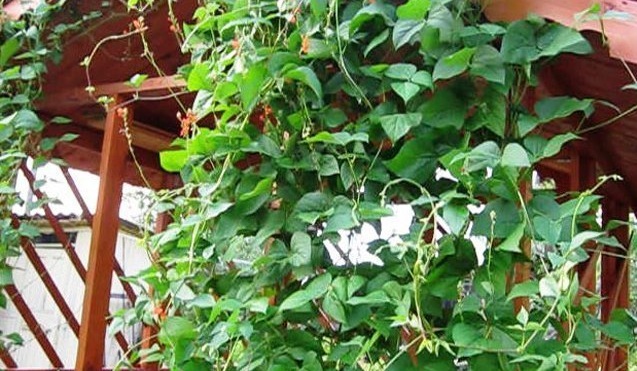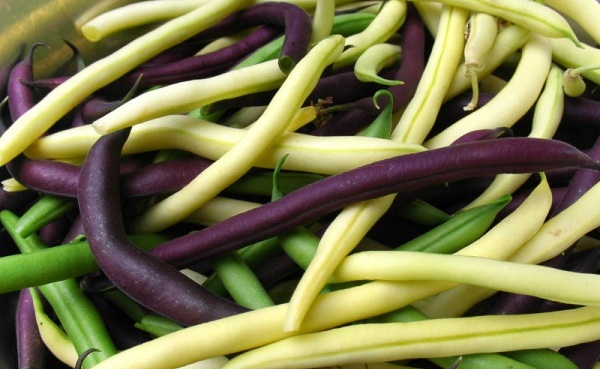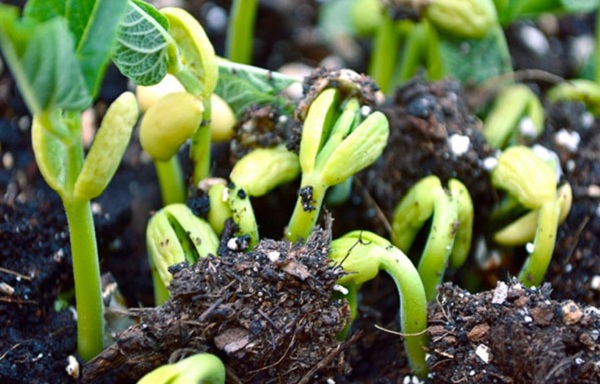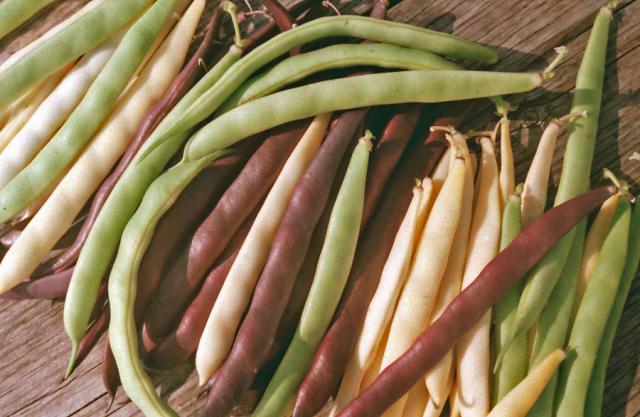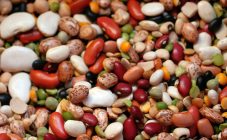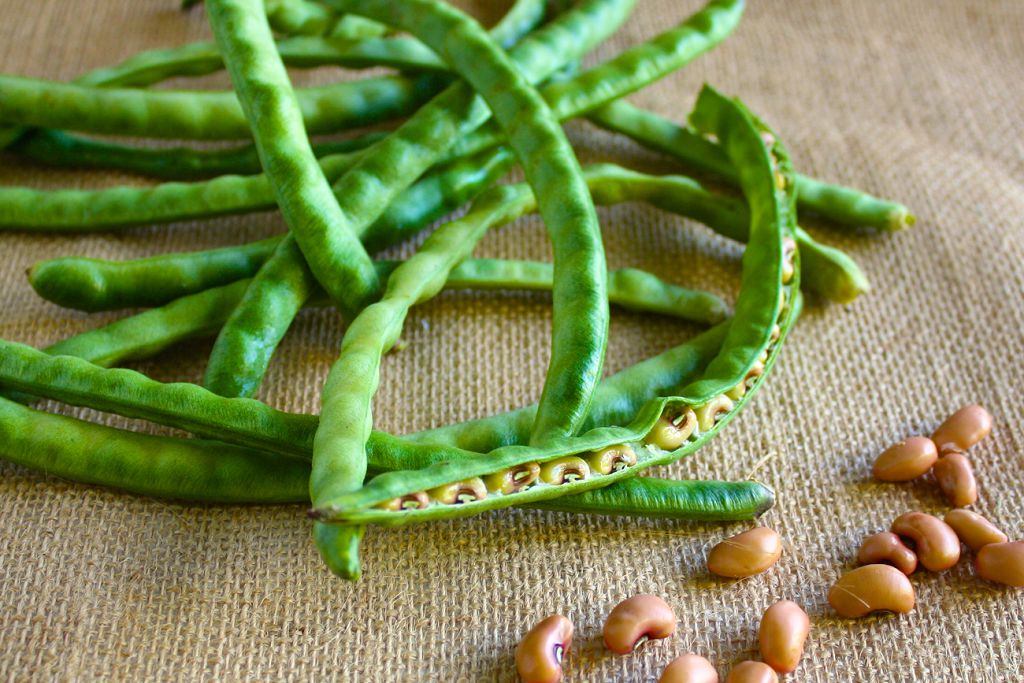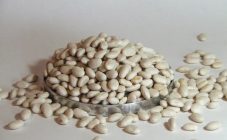Content:
Often a person has a desire to decorate his site or bring novelty to it. Different methods are used: from flowers to swans made from tires. Only for some reason everyone forgets that such a familiar plant as climbing beans can be used as a decorative element.
Plant characteristic
Ornamental beans are an annual climbing plant. It has green leaves and brush-like flowers. Their color ranges from white to pink, from red to variegated. In general, this is the name of a group of varieties of one type of beans used to decorate the site.
Ornamental flowering beans can be used as decoration. It grows very quickly, reaching a length of 5 m. It is allowed to braid with gazebos, windows, fences, various gratings and much more to create shadows, to close the area from prying eyes. This interesting move allows you to bring novelty to the design of your home or summer residence. The only condition that must be observed is that the support on which the beans grow must be very strong, capable of supporting the weight of the plant.
It can be eaten because the curly bean pods are edible. They are rich in vitamins and, like all legumes, are very nutritious. They contain many useful substances: iron, zinc, magnesium.
Varieties
This plant has a large number of varieties. All of them are used in landscaping. Each variety has its own special properties, be it the length of the liana or the color (sometimes there are plants of a golden hue). Some farmers and gardeners sometimes even combine them with amazing results. Here is a description of some of the varieties:
Fire Red Beans (Winner)
The Winner bean variety, popular in Russia, reaches a height of 4 m, while having a large number of bright red flowers. The variety is not perennial, it lives for one season. The beans of this variety are edible. They are light purple in color and covered with small black specks. The variety is terribly afraid of frost, and even with a slight cold snap, the plant may die.
Turkish beans
The variety is distinguished by orange-red flowers, like blazing fire. It grows up to 3-4.5 m without requiring any costs. The plant is very unpretentious and takes root anywhere.
Amethyst
It has dark purple pods, which makes it similar to other varieties. This is a very thermophilic plant, it is afraid of frost. Used in food (in bean salads, soups). It does not ripen at the same time - the pods are collected every few days. Vines reach a length of 2.5-3.5 m.
Duchess
This variety can be confused with Turkish beans, as the plant has red flowers (sometimes combined with white) in color. Used for decorative purposes and as food. The leaves are wide and large. Vines reach 3-4 m in length, which is why the plant is perfect for decorating the site.
Purple lady
Unlike other varieties, this one does not grow to large sizes. Its maximum length is about one and a half meters. The flowers are colored purple, which is why the plant got its name. The pods are colored the same color as the flowers. They are up to 15 cm long. They are used for food.The beans are white.
Dolichos
It is considered an ornamental variety, although some farmers may use the fruit as livestock feed. Reaches a height of up to 4 m. Depending on the type of variety, it can have vines of red or purple color. The color of the pods and flowers also depends on this.
Spanish white
This bean variety can be called a giant among the entire family. The average bean size of this plant exceeds the parameters of other legumes by 5-6 times. Because of this feature, it is very often planted not for decoration, but for food. But don't think that this is just a food grade. People plant it also because of its powerful vines, which hold firmly in the ground. This allows the plant to grow to an unprecedented 4 m. It is this quality that makes it one of the favorites among all the other varieties.
Planting beans in open ground
Ornamental beans love open, sunny places, so it is best to plant them where the sun shines all day. For example, curly beans are often planted on the balcony to keep the sun out of the room. In this case, planting and caring for decorative curly beans requires special costs.
Preparation should begin in the fall. The site is dug up and fertilized with superphosphate and potash fertilizers at the rate of 0.25-0.3 and 0.15 kg per 10 m². Thanks to these actions, the flowers of the plant will bloom very brightly, and the vines will become strong, which will ensure a good fixation of the plant on the support.
Some additions:
- the soil should not contain a large amount of nitrogen, as this will kill the plant;
- based on the previous point, you cannot add fertilizers containing nitrogen;
- after digging up the soil, the soil can be fertilized with humus (4 kg per 1 m²).
Bush beans are grown in two ways: by transplanting seedlings and sowing seeds directly into the ground. But you need to remember that the plant does not favor transplanting, therefore it is preferable to make a choice in favor of the second option.
You can sow in mid-April, but the optimal time begins in May-June, since some varieties are afraid of cold weather. The time of planting a cucumber can serve as a guideline, as it, like beans, is afraid of frost.
Before sowing, seeds can be soaked in a cloth with a solution of 1% potassium permanganate. Soaking time is 20-25 minutes.
The holes are placed at a distance of 25-30 cm. The distance between the rows should be from 30 to 50 cm. The seeds are planted at a depth of 2 cm, 2-4 beans in each hole.
If the soil is warm, then sowing is carried out on a flat surface, but if it is cold, then it is recommended to make beds. A wooden stick is placed near each hole, which will serve as a support for the plant. Metal and plastic structures will not work as the plant will not have an anchor point. Their use is possible if they have a lot of irregularities and protrusions.
Further care
The young plant needs to be covered, as it can die from low temperatures. This applies to all varieties of this species. Normal temperature conditions start from 18 ° С. If it is lower, then it is required to insulate the plant. Adult beans are already more resistant to cold and do not need such strong care. It is so strong that it can tolerate frosts without harm.
Regular watering and weeding is very important for beans. You need to pour water in the center of the hole (garden). For fertilization, you can use superphosphates or organic fertilizers. In no case should you use manure; instead, hay, straw or sawdust will do.
Gardener tips
Bean pods are plucked when they are tender and have not reached their maximum toughness. This is important if the pods are being prepared for long periods. Store the pods in the freezer in a plastic bag.
If the beans prepared for eating are not used immediately, but after some time, then they are stored in the refrigerator on the lower shelf. It is also packed in a plastic bag. Several napkins are placed in it in order to prevent condensation from forming. Before putting the beans in the bag, wash them. The napkins should be changed about once a day. This will allow the beans to last longer. Before using the product, you need to open the bag and let the pods "breathe".
Sometimes the soil on which beans grow is poor and needs to be enriched with various minerals. They enrich the soil for the sake of the beans themselves, and so that other plants grow after it the next year. To do this, use a green infusion (common mullein) in a ratio of 1:10.
Beans have long taken a firm place not only on tables and store counters, but also on hedges, decorating many summer cottages. It is difficult to imagine a person who has never seen curly beans and does not have warm feelings for the walls braided by them. It decorates sites and homes so well that many people cannot even think about using another plant instead.
